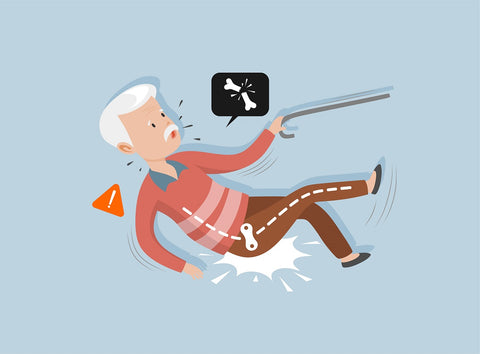
Is osteoporosis reversible?

One of the biggest questions about osteoporosis, for both doctors and patients: whether it is possible to completely cure this disease? The bone damage caused by osteoporosis is irreversible. At the same time, it is possible to slow down the progression of bone volume loss.
Osteoporosis is characterized by a decrease in bone mass per unit volume of bone compared with normal values in persons of the same sex and age, a violation of the microarchitectonics of bone tissue.

Is osteoporosis a syndrome?
At the conferences on the problems of osteoporosis in Copenhagen (1990), in Hong Kong (1993), osteoporosis was defined as a systemic disease of the skeleton.
A number of researchers consider osteoporosis as a syndrome.
For example, A.S. Avrunin et al. (1998) believe that “osteoporotic changes in the structure of bone tissue are essentially adaptive in nature and are not separate diseases (nosological units), as interpreted by the International Classification of Diseases (ICD), but only reflect adaptive changes in metabolism that occur in the body as a whole.
Osteoporosis, according to these authors, is a syndrome that develops as a result of adaptive restructuring of the formation of bone tissue cells in response to metabolic changes occurring in the body of any etiology.
In most cases, indeed, osteoporosis is a clinical syndrome with multiple causes.
In some cases (for example, idiopathic juvenile osteoporosis, osteoporosis during pregnancy and lactation, etc.), it may be transient.
Classifications for secondary osteoporosis include a list of diseases, conditions, drugs, and various other factors that cause bone loss.
What diseases can cause osteoporosis?
- J. Marshall (2002) notes the following causes of osteoporosis:
- age
- endocrine
- taking certain drugs and other drugs (long-term use of sodium heparin GC, alcoholism)
- violation of calcium absorption, immobilization, state of weightlessness
- violations of mineral metabolism in children during the period of active growth (5-7 years) and during puberty
- diseases of the cardiovascular system
- blood diseases
- reactive arthropathy and many other factors

Methods of treating osteoporosis in women and men
For a long time, the main cause of the development of postmenopausal osteoporosis in women was considered to be estrogen deficiency, which, regardless of the causes of ovarian failure, initiates processes of accelerated bone loss.
Since the introduction of the natural hormones estrogens and androgens has a number of disadvantages, the use of plant hormones has been proposed.
In 40–60% of males, osteoporosis is secondary, that is, it develops against the background of other diseases and factors.
The leading role in the structure of the causes of secondary osteoporosis is given to pathological changes in the levels of various hormones.
In osteoporosis in men, nitrogen-containing bisphosphonates (alendronate, zoledronic acid) and strontium ranelate are prescribed.
If you are concerned about whether osteoporosis is reversible, pay attention to your health regularly.







